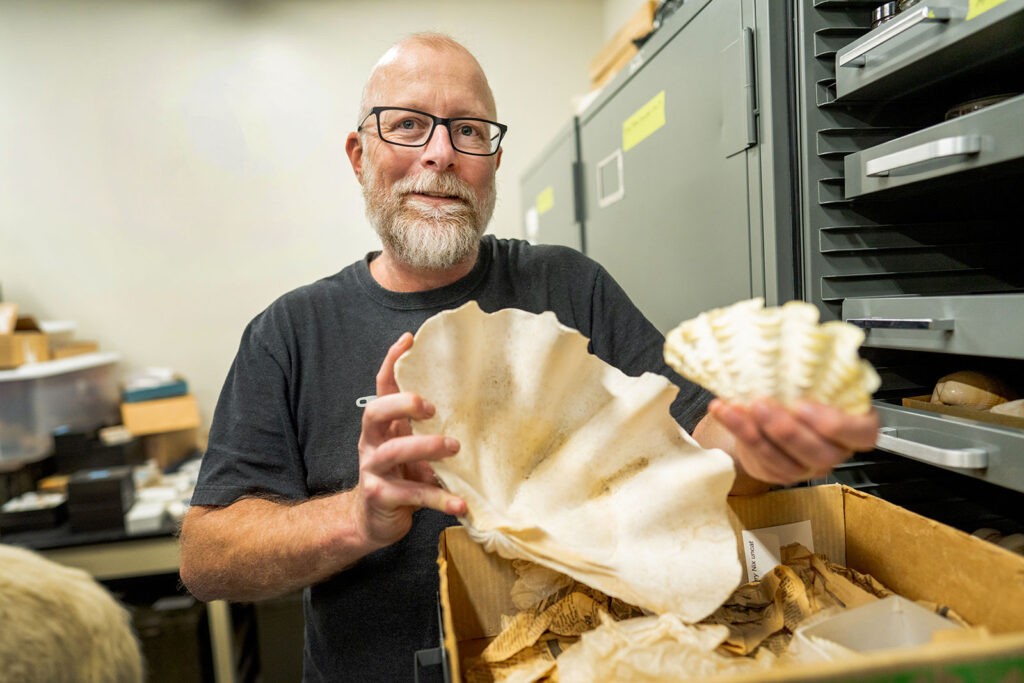The Georgia Museum of Natural History at the University of Georgia is vast, with collections spread across a number of campus facilities. But now, for the first time, one of its zoological collections can be viewed online.
In July, the Grace Thomas Invertebrates Collection became available at invertebrates.uga.edu and will soon be viewable and searchable via the Global Biodiversity Information Facility, or GBIF.
“This whole effort is a move toward making us more visible and making the data more useful for science,” said John Wares, curator of aquatic invertebrates and genomics at GMNH. “It’s always frustrated me that so much of the data we collect as scientists is tucked away at some journal or report. To me, it’s really important that the information is visible to everyone and can be grabbed by any scientist anywhere on the planet.”

To build the first public portal into GMNH’s zoological collections, Wares worked with the Office of Information Technology for the Franklin College of Arts and Sciences, GMNH’s home unit. Adding GBIF accessibility will make the collection more discoverable to the “ecoinformatics” community, according to Wares, professor with a joint appointment in the Odum School of Ecology and the Department of Genetics.
“If you know that UGA has a museum of natural history, you might suspect [because of location] that they are going to have a lot of salt marsh snails,” he said. “But with GBIF, you can just ask, ‘Where are all the Littoraria irrorata on the planet?’ You’ll get a big spatial distribution on a map, and then you can look for the ones that are in the time window or quality that you need. If they’re at UGA, you can request access.”
The Grace Thomas Collection includes more than 10,000 freshwater mussels, over 1,000 specimens from Gray’s Reef, an isolated coral outcrop about 20 miles off the Georgia coast, and a growing number of catalogued (non-insect) invertebrates such as hundreds of new earthworm species type specimens. As curator, Wares has worked to reorganize parts of the collection in useful ways. For example, the collection includes thousands of snails, and he has separated out Eugene Odum’s reference collection of land snails from 1940.
GMNH is a consortium consisting of 11 natural history collections, the first of which date back to the early 1800s. The museum is directed by Bud Freeman, faculty in the Odum School of Ecology. More information can be found at gmnh.franklin.uga.edu.

